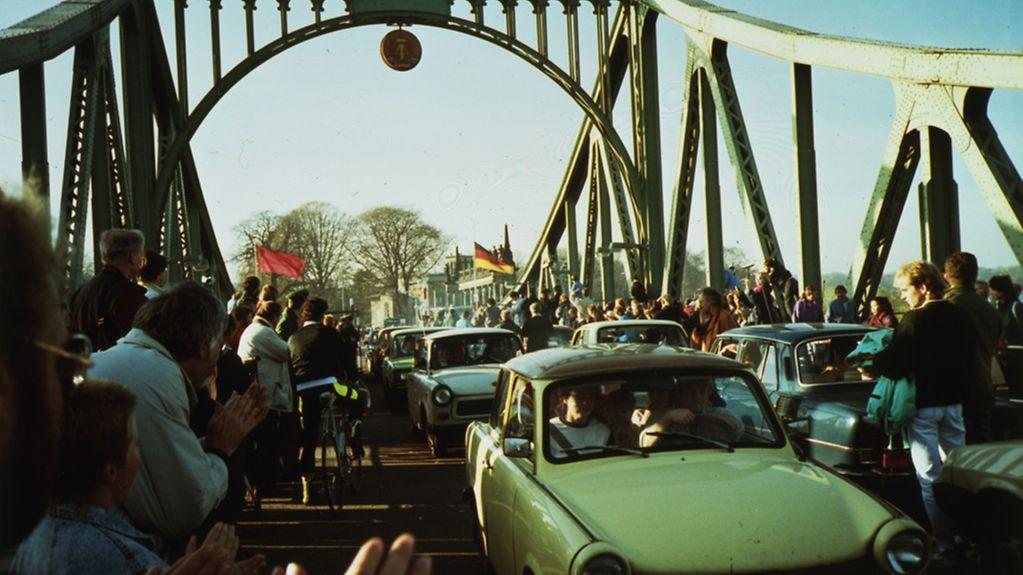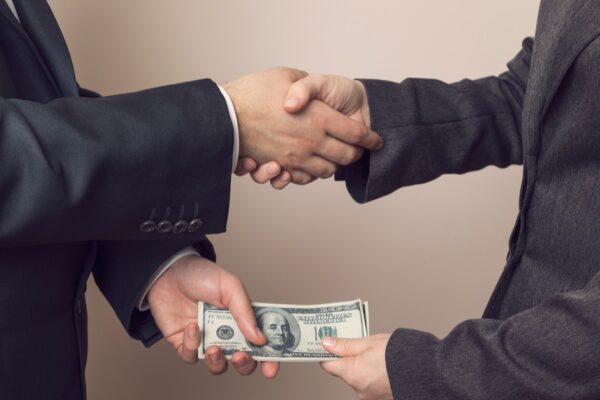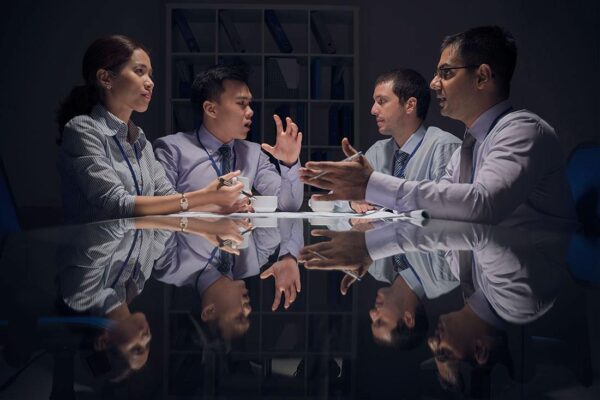As a very young boy growing up in West Berlin, Germany, I thought every city was surrounded by a concrete wall.
As I grew older, I remember feeling angry learning about the abuse of power and divisive politics that led to a concrete wall 12 feet high and about 87 miles long, with 302 guard towers and 55,000 landmines, separating East and West Berlin.
As a high school senior, I danced on the wall the night it fell.
As an adult, I have turned the powerful lesson of tearing down walls that divide us into a lifelong passion to build bridges, connecting people around the globe in business and personal relationships.
Thirty years ago, in my last year of high school in West Berlin, on November 9, 1989, I was watching the iconic East German Trabant and Wartburg cars suddenly appearing at an intersection around midnight. You never, ever saw these cars in the West, but I was familiar with them from the transit routes in and out of the city that crossed through East German territory (the only way for us to drive to or from Berlin). And, despite the bitter cold night, people did get out of their little cars at a red light. And they did start dancing in the street and started hugging each other!
A few hours earlier, unbeknownst to me, an overwhelmed and confused East German government official had announced at a press conference that “new travel regulations” were taking effect immediately that would allow East Germans to cross into West Germany. Tens of thousands of Easterners showed up at Berlin border checkpoints within hours to see if the rumors were true. Surprised border guards decided to just let them through. Miraculously, not a shot was fired that night.
While there had certainly been quite a bit of political commotion in the weeks and months leading up to November 9, 1989, if you asked regular Berliners when the Wall might be coming down, most would have answered “not in my lifetime” up until the moment that it did.
If you were not there that night or in the immediate aftermath, it is impossible for you to understand the sheer joy and the emotional impact that this night had on all Berliners and on Germans everywhere. That’s why strangers were hugging and dancing together in the streets. That’s why people were crying tears of joy in broad daylight.
I remember many years later trying to explain the situation to some of my friends in New York. I asked them to imagine if Manhattan had suddenly been divided with a concrete wall erected by thousands of workers overnight on Fifth Avenue and people from the East side never being allowed to cross over to the West side ever again. Families divided. Friends not being allowed to see each other again. People separated from their work. TV and radio signals from the West being jammed by the Eastern government. Then imagine this situation going on for 28 years while living standards on the Upper East Side or the East Village steadily declined under communist rule. Imagine at least 140 Easterners being killed as they tried to scale the wall or tried to build tunnels underneath it over many years. Imagine people trying to escape across the wall in hot air balloons and being shot down by soldiers. Really, stop and try to imagine that. Close your eyes and think about that.
Then perhaps you can get a sense of the unbridled joy that we all experienced that night 30 years ago when this madness came to an end and the wall crumbled.
Not only did the Berlin Wall fall that night, but border barriers across West and East Germany, all the way south to Bavaria, opened up overnight. The Iron Curtain fell across Europe and the world would never be the same. Germany reunited as one country on October 3, 1990, less than a year later.
The year after the wall fell, I emigrated to the United States to attend college and graduate school. In July 2002, I experienced another proud moment when I was sworn in as a U.S. citizen. Over the past 30 years, I have, at first perhaps subconsciously, but gradually very deliberately, dedicated my career to building personal and professional relationships that transcend culture, ethnicity, race and religion.
Because as a Berliner, I am a big believer in building bridges, not walls.





